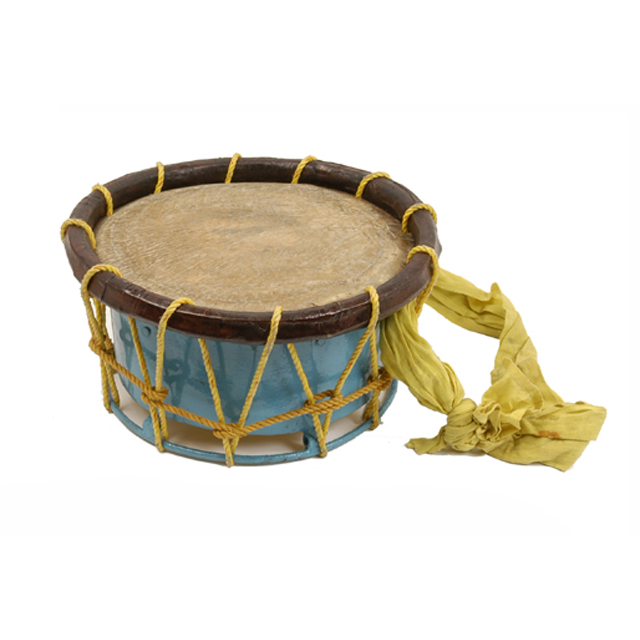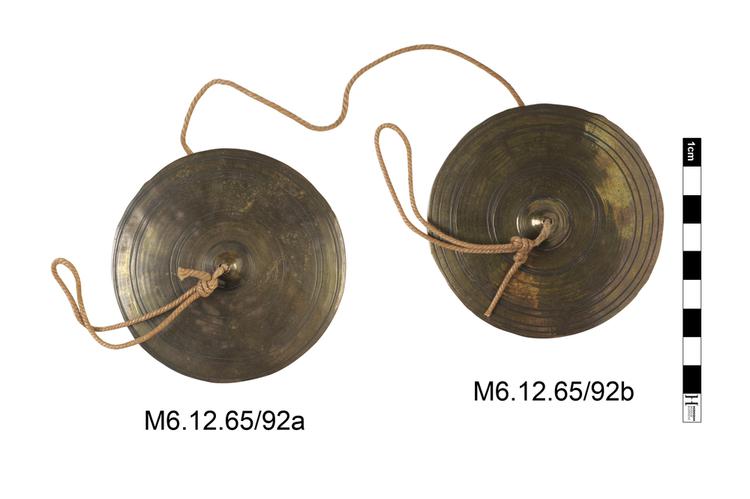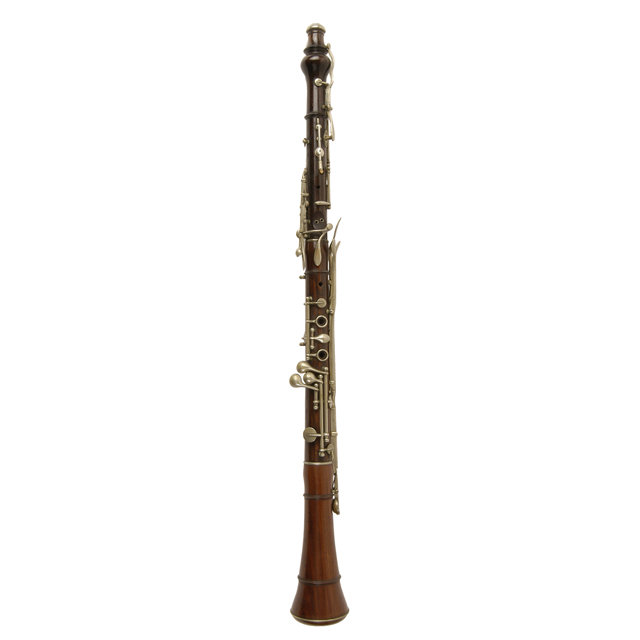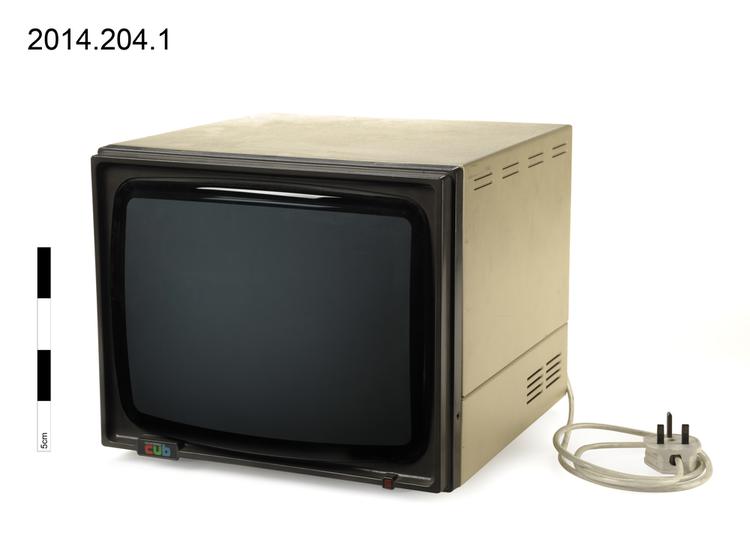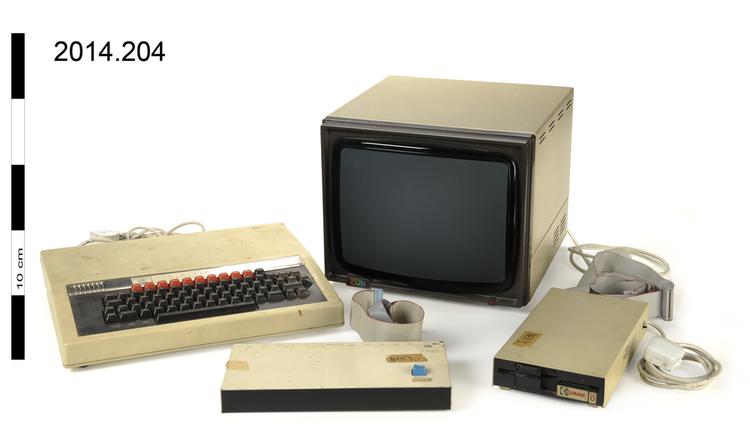
Acorn BBC microcomputer (Micro model B) labelled on the back 'Designed by Acorn Computers Limited, Cambridge, England' © 1981 Registered design.' Model number 1451 MS4, Serial number 01ANB03-5033054. White plastic outer case. Qwerty keyboard. Labelled above the function keys f0 and f1 'ELITE', f2 'LAUNCH/FRONT', f3 'BUY CARGO/BLACK', f4 'SELL CARGO/LEFT', f5 'EQUIP/SHIP', f6 'LONG RANGE CHART', f7 'SHORT RANGE CHART', f8 'DATA ON SYSTEM', f9 'MARKET PRICE', break 'STATUS MODE & INVENTORY'. With computer monitor labelled on the back 'MICROVITEC/CUB/COLOUR DISPLAYS'. Model number 1451 MSE, serial number 127738. Also with floppy disk drive and an UMI (Universal Music Interface) sequencer.
One of the early microcomputers to be mass produced, the Acorn BBC Micro model B had excellent connectivity. It featured an analogue 'joystick' port, a digital 'user' port, a 1Mhz bus connection, a 'tube' connection, in addition to many other connections. The musician Vince Clarke of the British synth pop bands Depeche Mode, Yazoo, and Erasure used a BBC Micro with the UMI music sequencer to compose many hits. These objects belonged to Neil Arthur of the synthpop band 'Blancmange'. The computer, monitor, sequencer and floppy disk drive were used on all tracks for their third album 'Believe you me' and for some tracks of their second album 'Mange Tout'.



